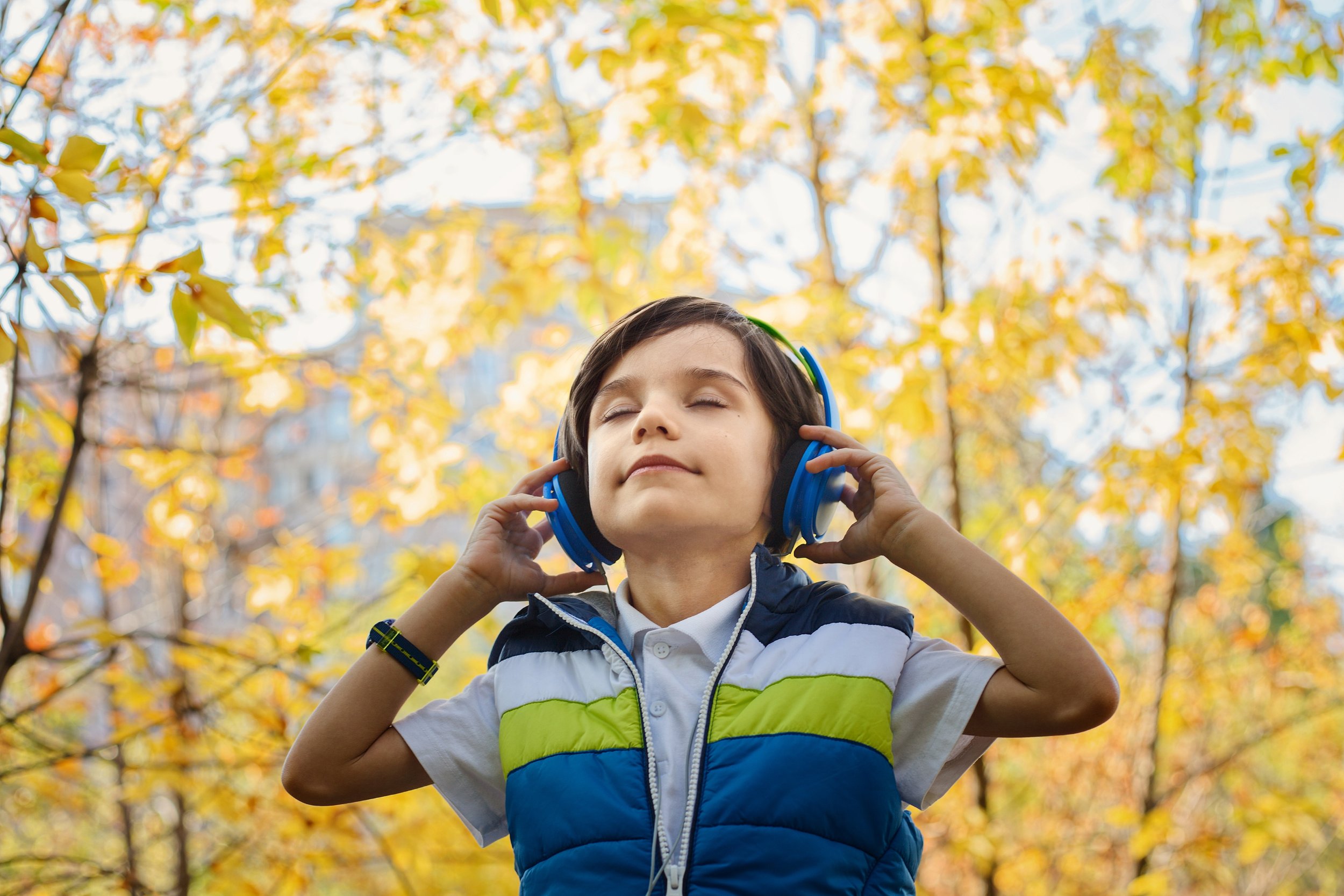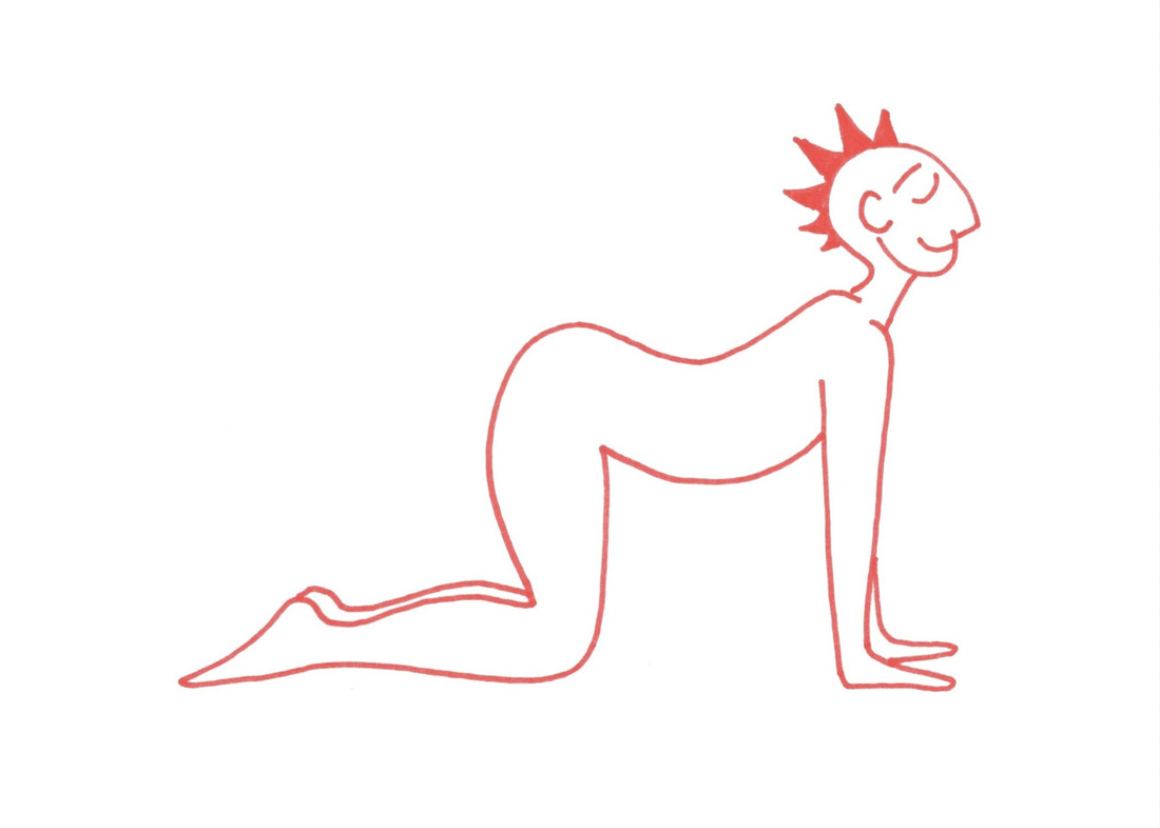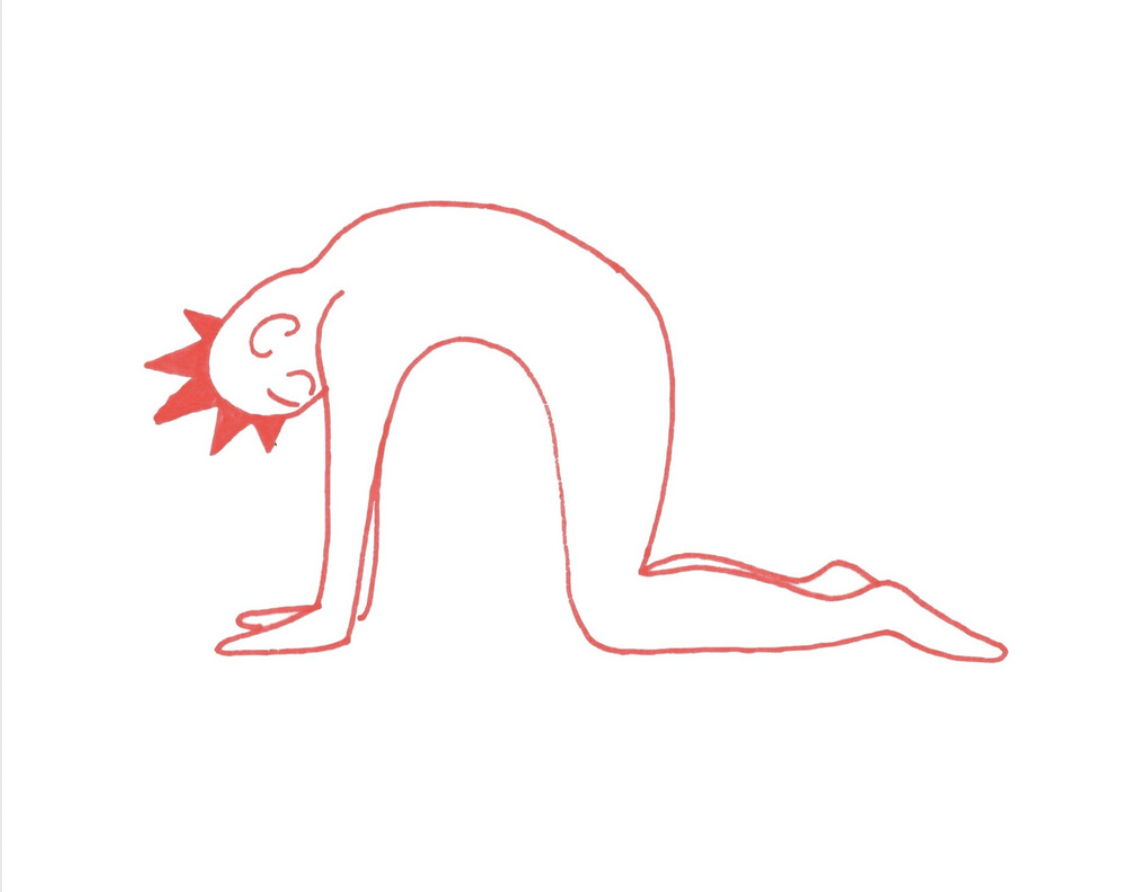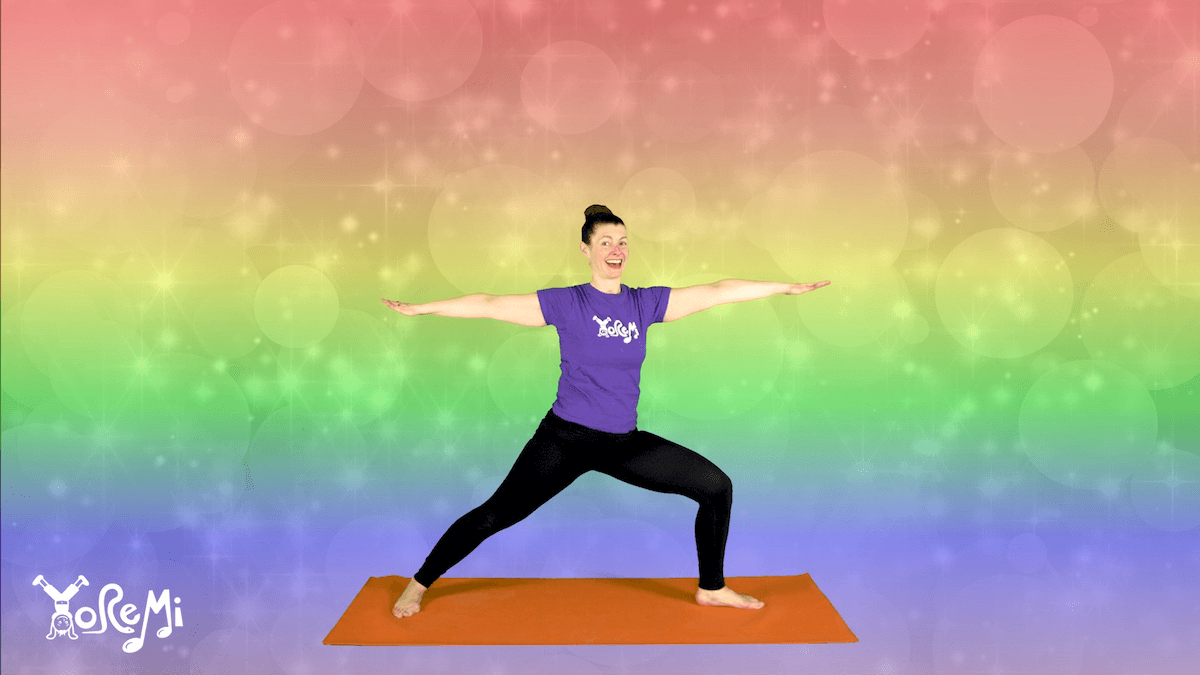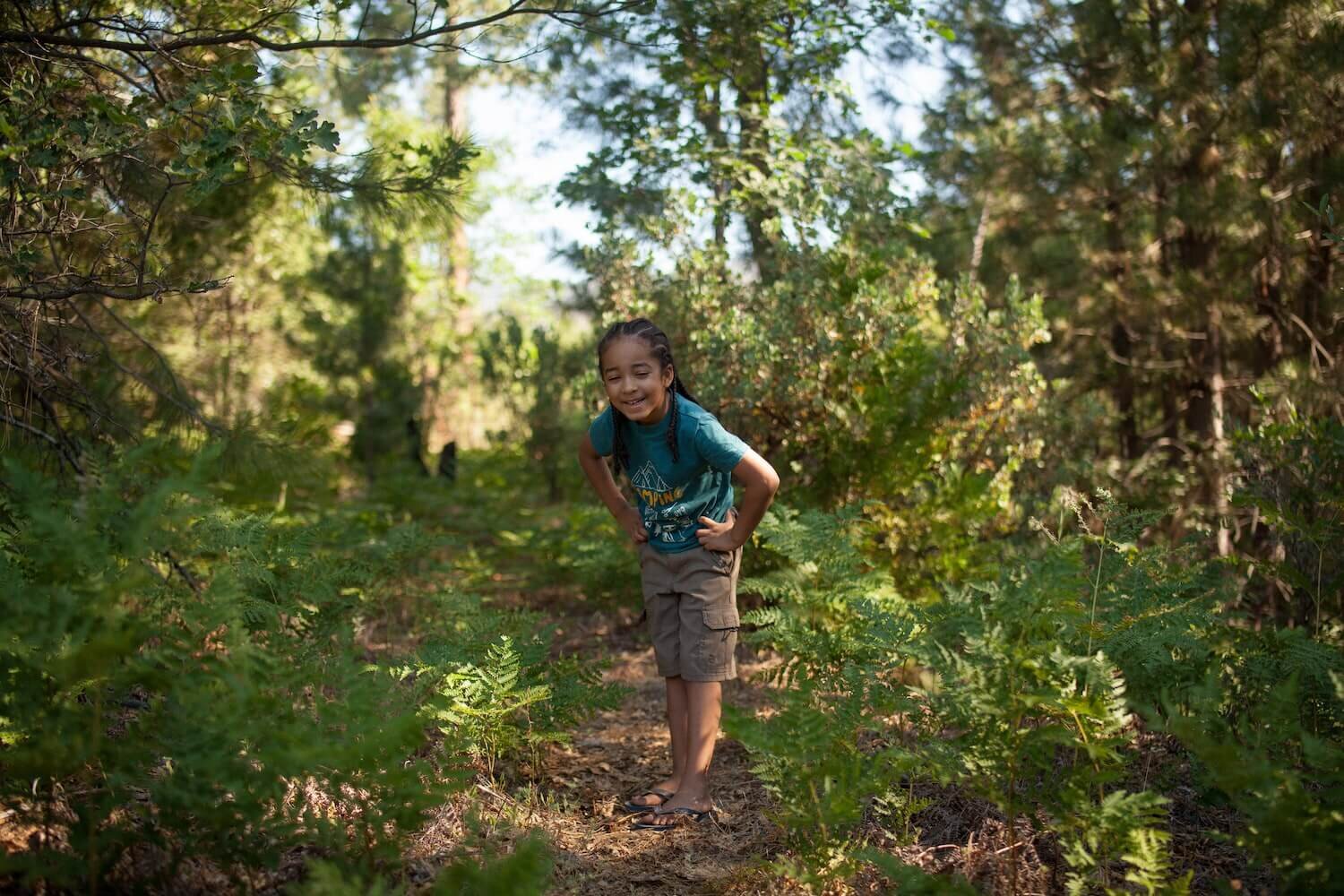7 Ways to Help Children Make Good Decisions
We are always growing, children and grown ups, and doing our best with the tools we’ve been given throughout life. As caregivers and educators, we not only want the best for our children — we also want to nurture and support them in the most mindful way, so that they may grow up to be their best selves.
While we can’t control who our children become, we can do our best to equip them with tools that can help them self-regulate, gain confidence, and make decisions they are proud of.
Here are seven techniques and teaching practices you can start using today to help your child embrace change, understand consequences, and make “good” decisions.
1. Allow Children to Take the Lead
The first step to guiding your child is to do what many would consider to be the very opposite — let go! When we allow kids to take the lead, we do so for their own good: encouraging them to use their creativity and diverse minds to share unique ideas.
We grown ups don’t have all the answers, and that’s okay. By modeling collaboration, we actually teach children that it is okay to not know everything; that it is okay to listen to the ideas and perspectives of others.
Encourage individuality and personal growth with these three techniques, and you’ll notice your child becoming more and more confident with their unique decisions.
2. Remind Kids It’s Okay to Change Our Mind
Not everything is set in stone, and that includes some of our beliefs and preferences! Our thoughts and values are sometimes influenced by implicit biases. Our fears and choices are sometimes influenced by past experiences.
But the beauty about life is those preferences and values can change anytime we want them to. In our song, “Change My Mind”, we encourage everyone to be open to changing their mind and considering new perspectives. Mental shifts are completely normal, and open mindedness is a tool anyone can use to make better decisions.
3. Rethink Discipline with Logical Consequences
When adults think back on forms of discipline we experienced growing up, many of us sharply recall feelings of belittling and maybe even a lack of support. Other adults may feel the opposite, where a complete lack of discipline created an environment where consequences were non-existent.
Both can feel yucky and ineffective.
When we employ the child-centered approach of logical consequences, we help children understand boundaries and causation (as opposed to punishment), while creating space for them to make their own decisions and learn internal discipline. These tools take a proactive approach to helping kids understand the realistic effects of their decisions and behavior.
4. Encourage Change and Transformation
In times of change, transformation, or transition, it’s important to remember that we are still ourselves. Transformation can be an internal process. Knowing that we can grow provides comfort and self-awareness, and helps us avoid making rash decisions out of fear.
Yoga and mindfulness is a great way to teach transformation because many yoga poses transform into each other. We can look to nature at all the ways animals, Earth, and plants transform overtime to help children understand how we all change — including our opinions. Try this transformation yoga pose below to help children visualize the concept of change.
READ NEXT: Yoga poses for transformation
5. Create a No-Judgement Environment
We can all say that we are often at our best when we don’t feel judgement or pressure from the people around us, or our environments. And yet many of us create these environments for children by manipulating their behavior with a praise/rewards model.
To help raise children who feel confident in making their own decisions, try using fact-based observations to create an environment where self-esteem and self-assessment are encouraged.
Fact-based observations allow us to describe skills and qualities without implying that children must meet an externally imposed standard or achievement to be considered worthy. These observations teach children to build intrinsic motivation and ultimately, create a growth mindset.
Even the term “good decisions” triggers extrinsic motivation, implying that if one makes a bad decision, then they are a bad person, or vice versa. A fact-based observation instead observes the actions and effects of the decision, as opposed to imposing a value-based judgement.
6. Use Affirmations to Promote Self-Confidence
The more confident we are the less we second-guess our choices, and the less we are externally influenced by others’ judgements. Self-confidence is a lifelong journey, and many of us grown ups still have to work at it daily!
The earlier we encourage self-confidence in children, the easier it will be to help them shine their inner light, make big decisions, and embrace individuality.
As children get older and begin to face peer pressure, school stressors, and harder decisions, their confidence in their own strength and brilliance will help carry them through! Try these affirmations to support a healthy inner dialogue, or use this affirmation yoga flow below.
7. Model Emotional-Regulation Techniques for Social Emotional Learning
Many of the decisions we make are highly triggered by emotion. When’s the last time you yelled because you took a second to think about it and decided it was the most logical thing to do? Probably never.
Even as adults, we are constantly on a journey to acknowledge our big feelings, triggers, and stress, and figure out what to do with those emotions.
Children model their behavior after us (what we do, and not what we tell them to do), so employing strategies that teach emotional self-regulation can help them gain an important life skill that equips them to make more thought-out decisions.
We created a guide to teaching emotional regulation techniques to kids, and find many of those practices are rooted in breathing exercises, physical postures, and mindful language. Here is a quick exercise you can do with children to release tension and anxiety!
Can Children Make Good Decisions?
The terms “good” and “bad” are always going to be relative. They are based on external judgement and can often skew a child’s self-worth.
A commonality among the aforementioned strategies is less focused on raising a child to do a “good job” and more on raising children to embrace uniqueness, fairness, and individuality; feel confident and self-assured; and be open to growing, learning, and changing.
These techniques are not just for children — many of us adults can benefit from these practices so we can continue evolving and contributing to a better, safer, more inclusive world.
Save this article for later and don’t forget to download the Yo Re Mi app for children’s mindfulness and musical yoga videos.










